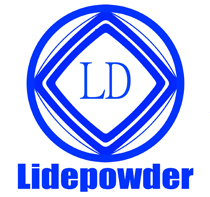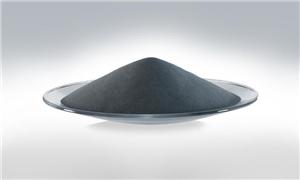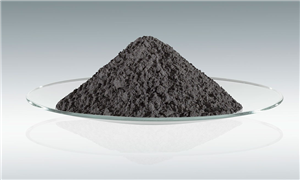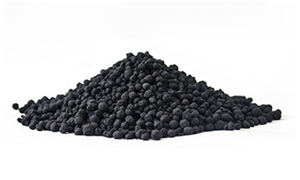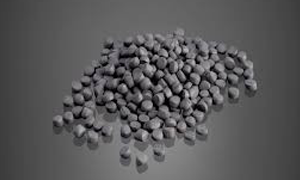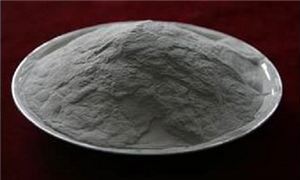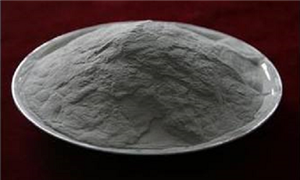- Home
- >
- News
- >
- Company news
- >
- Powders for Laser Cladding: Types, Applications, and How to Choose the Right One
Powders for Laser Cladding: Types, Applications, and How to Choose the Right One
What Are Laser Cladding Powders?
Laser cladding, also known as laser metal deposition (LMD), is an advanced surface coating process that uses a laser beam to melt metallic powders onto a substrate, forming a high-performance protective layer. The quality of this layer heavily depends on the powder materials used.
Laser cladding powders are specially designed to deliver superior metallurgical bonding, wear resistance, corrosion protection, and thermal performance. These powders must meet stringent particle size distribution, chemical composition, flowability, and purity standards.
Common Types of Powders for Laser Cladding
Nickel-Based Alloys (Ni-based)
Properties: Excellent corrosion and wear resistance, good high-temperature performance.
Applications: Oil & gas, marine, chemical processing, valve components.
Popular grades: Ni60, NiCrBSi, Inconel 625, Inconel 718.
Cobalt-Based Alloys (Co-based)
Properties: Superior wear and impact resistance, excellent hardness even at high temperatures.
Applications: Turbines, aerospace parts, cutting tools.
Popular grades: Stellite 6, Stellite 12, Tribaloy T-400.
Iron-Based Alloys (Fe-based)
Properties: Cost-effective with good wear and corrosion resistance, suitable for low-to-moderate applications.
Applications: Mining, agriculture, steel industry.
Popular grades: FeCr, FeCrNiMo, martensitic & austenitic steels.
Carbides and Ceramics (Tungsten Carbide, Chromium Carbide)
Properties: Extreme hardness and abrasion resistance.
Applications: Hardfacing of tools, mining equipment, wear parts.
Note: Often used in composite form with Ni or Co binders.
Key Characteristics of High-Quality Cladding Powders
When choosing powders for laser cladding, consider these technical parameters:
Particle Size Distribution (PSD): Typically in the range of 45–150 µm for optimal flowability and laser absorption.
Morphology: Spherical particles are preferred for consistent flow and even deposition.
Purity & Cleanliness: Low oxygen and impurity levels prevent defects and porosity.
Flowability & Bulk Density: Directly impacts powder delivery during cladding.
Alloy Composition: Must be tailored to specific application needs and operating conditions.
Applications of Laser Cladding Powders
Laser cladding is used across a wide range of industries:
Aerospace: Repair and reinforcement of turbine blades, landing gear components.
Oil & Gas: Hardfacing of valves, pumps, drill tools.
Power Generation: Surface coating of boiler tubes and steam turbine parts.
Automotive: Engine components, transmission parts.
Tooling & Dies: Refurbishment of molds and dies to extend service life.
How to Choose the Right Laser Cladding Powder?
Understand Your Application Requirements:
Is the environment corrosive, abrasive, or high-temperature? Define what properties matter most.Select the Right Alloy Family:
Ni-based for corrosion, Co-based for wear and heat, Fe-based for cost-effective solutions.Check Compatibility with Laser Equipment:
Ensure particle size and morphology suit your feeding system and laser type (fiber, diode, CO₂).Request Material Data Sheets (MDS):
Always verify chemical composition, PSD, and performance benchmarks from the supplier.Choose a Reliable Supplier:
A good supplier offers not only consistent quality but also technical support and custom formulations.
Final Thoughts
Laser cladding powders play a critical role in the performance and reliability of surface coating systems. By selecting the right type of powder—tailored to your application—you can dramatically extend component lifespan, reduce maintenance costs, and enhance performance.
At LIDE POWDER, we provide high-quality spherical laser cladding powders in Ni, Co, Fe-based alloys with tight PSD control and excellent flowability. Contact us today to get samples or request a custom formulation.
